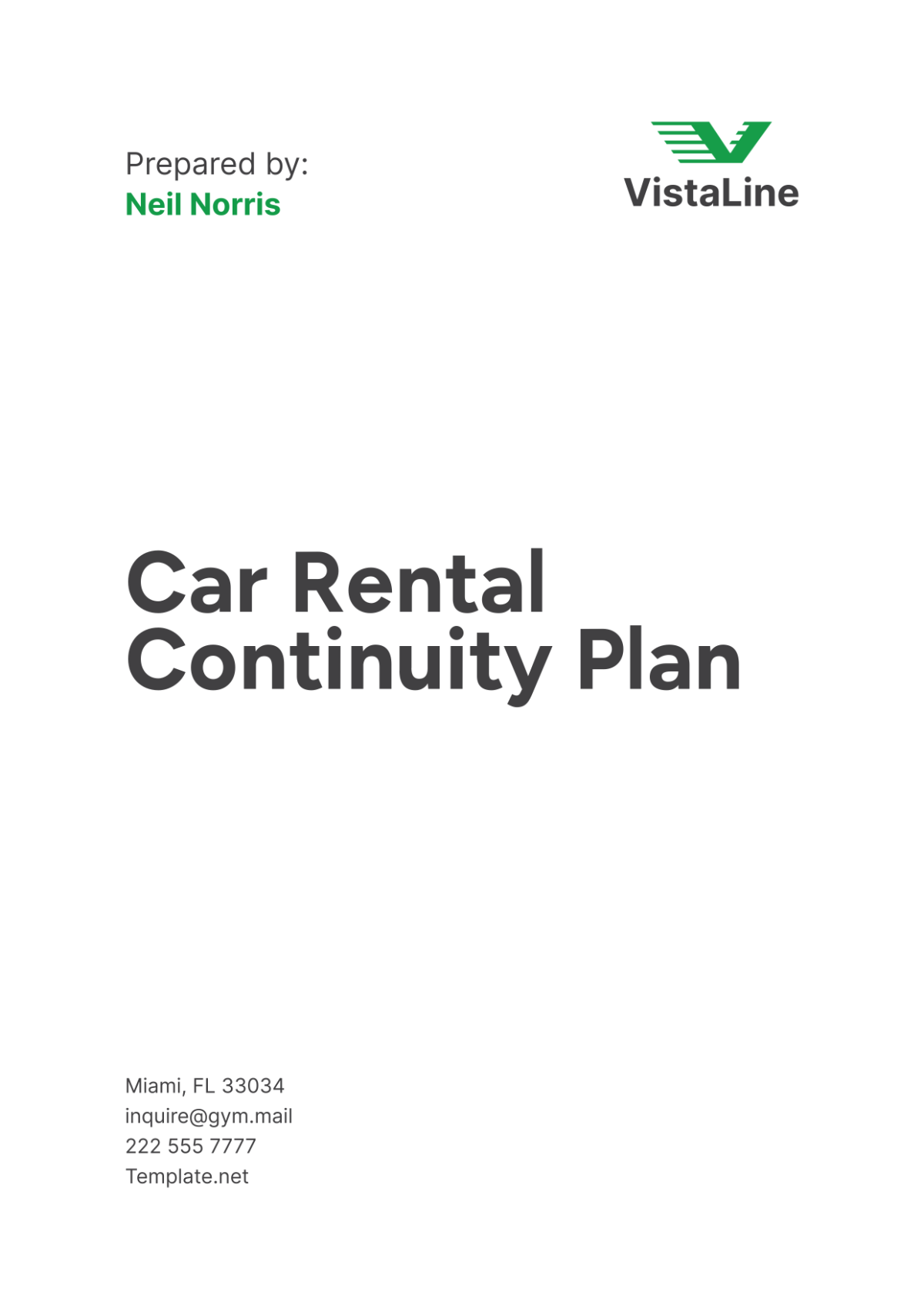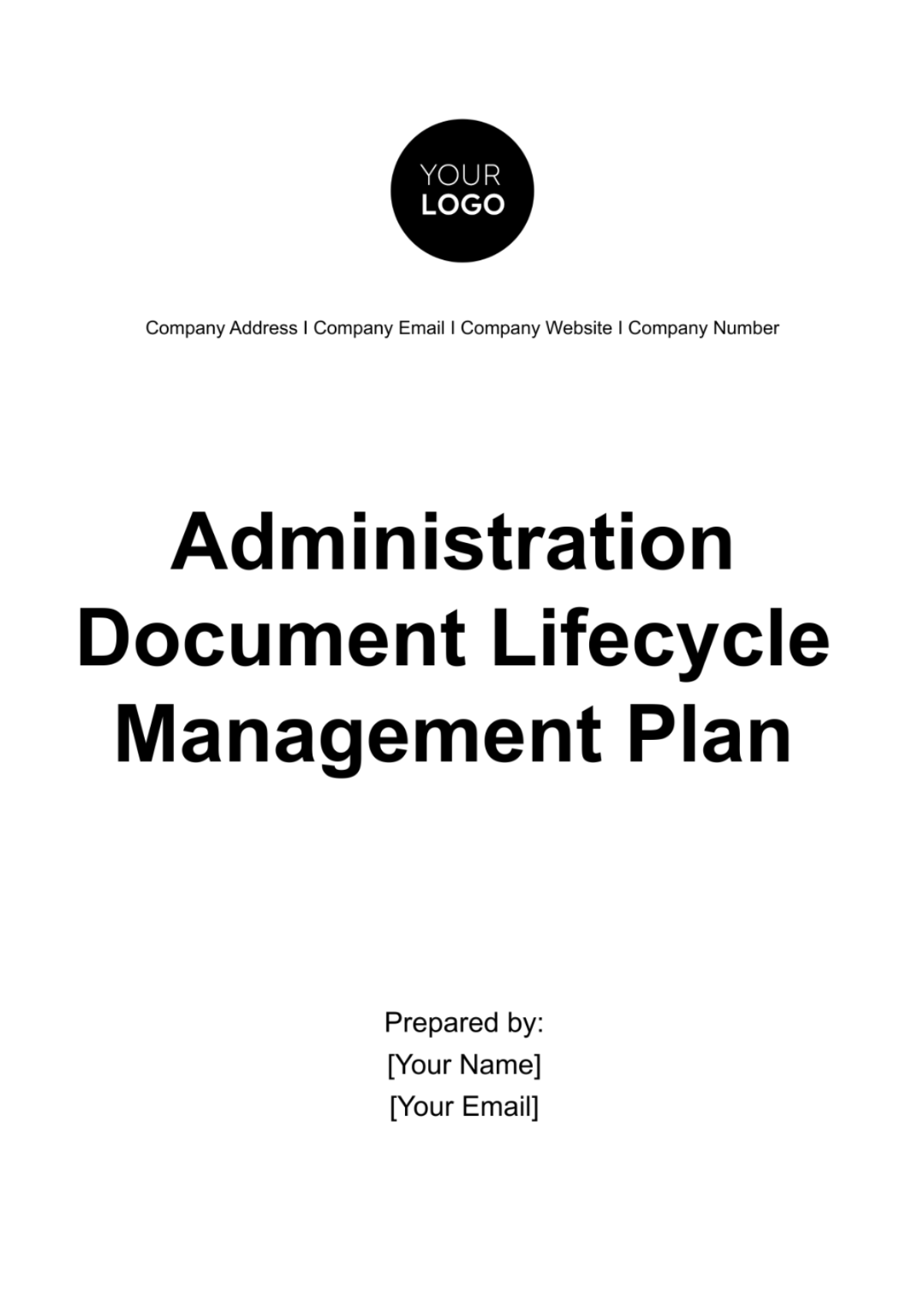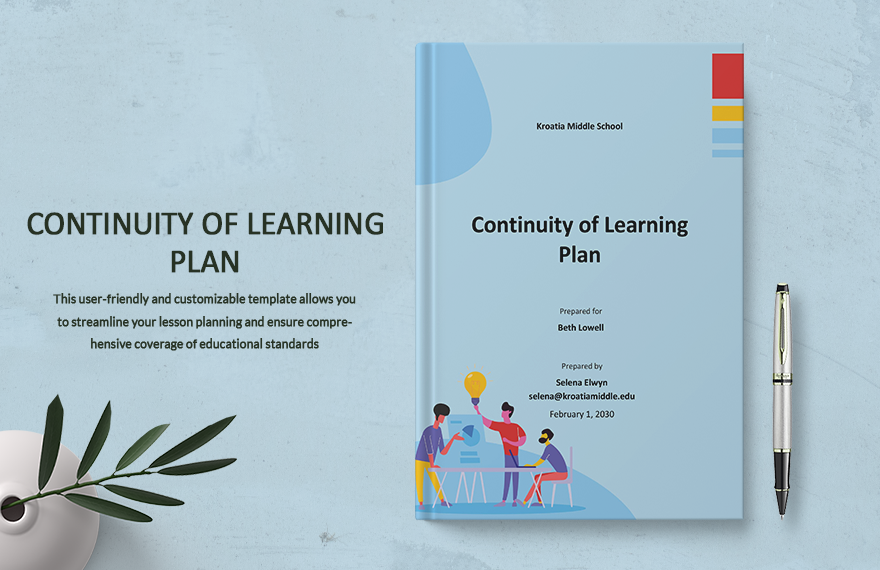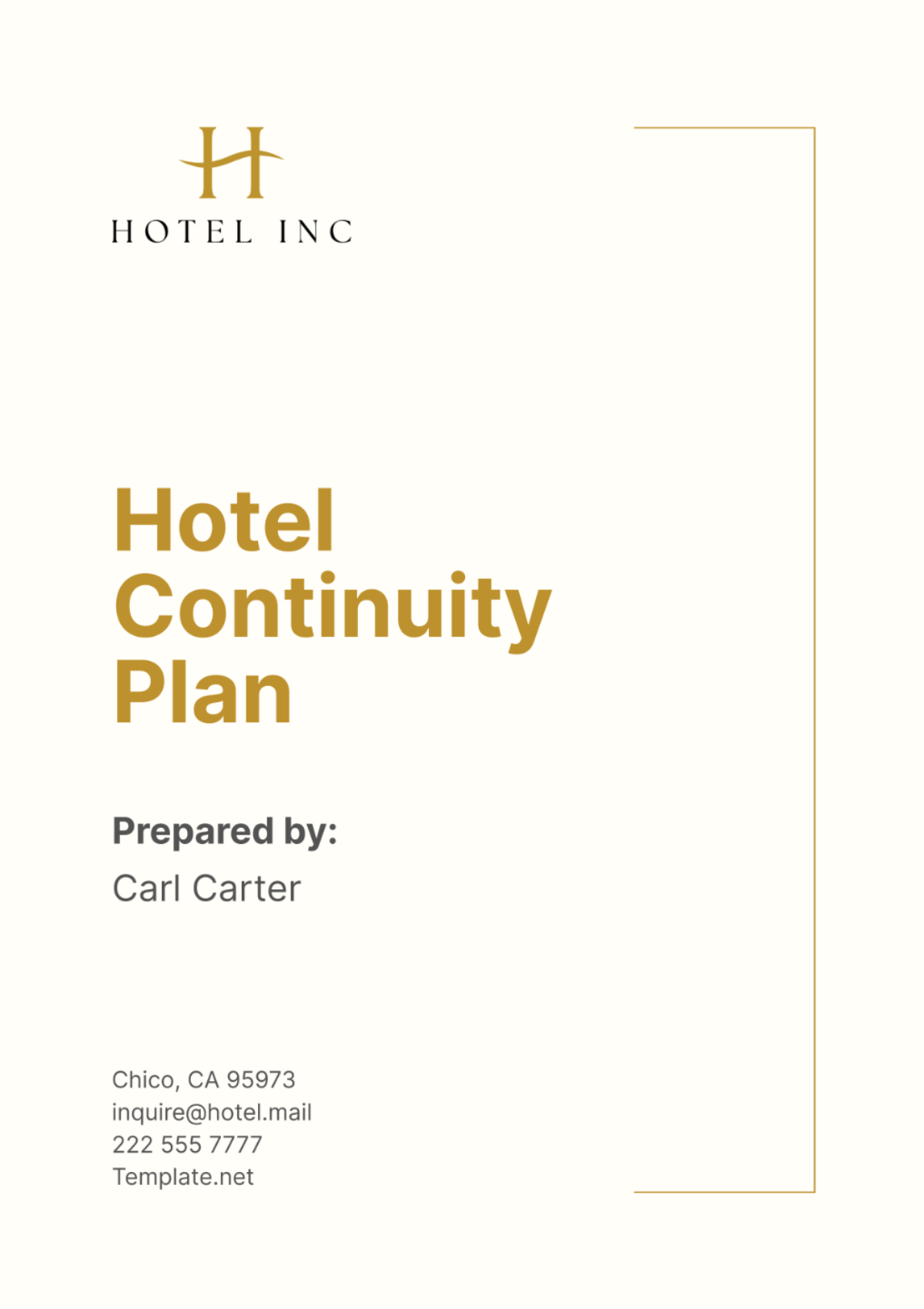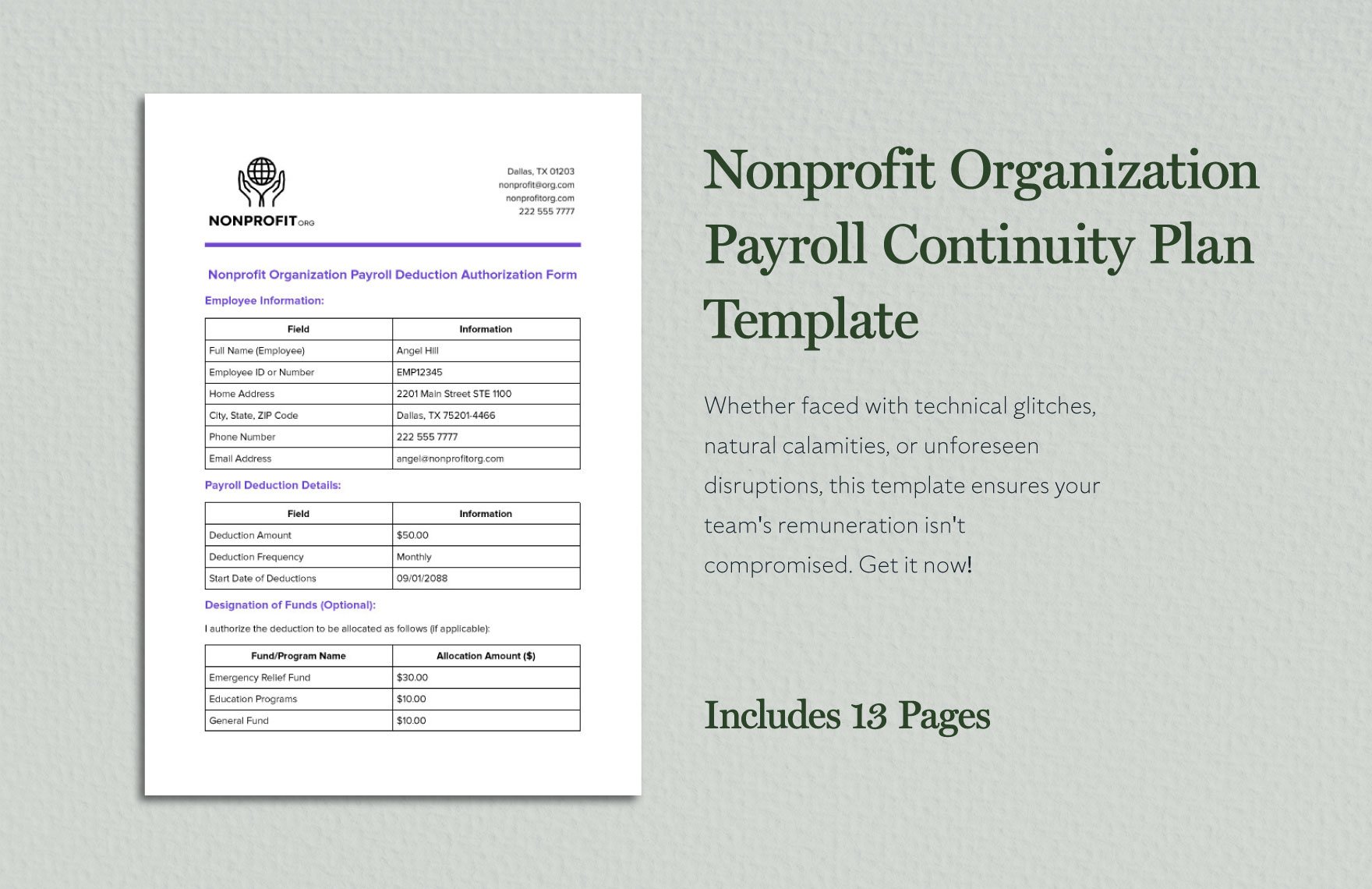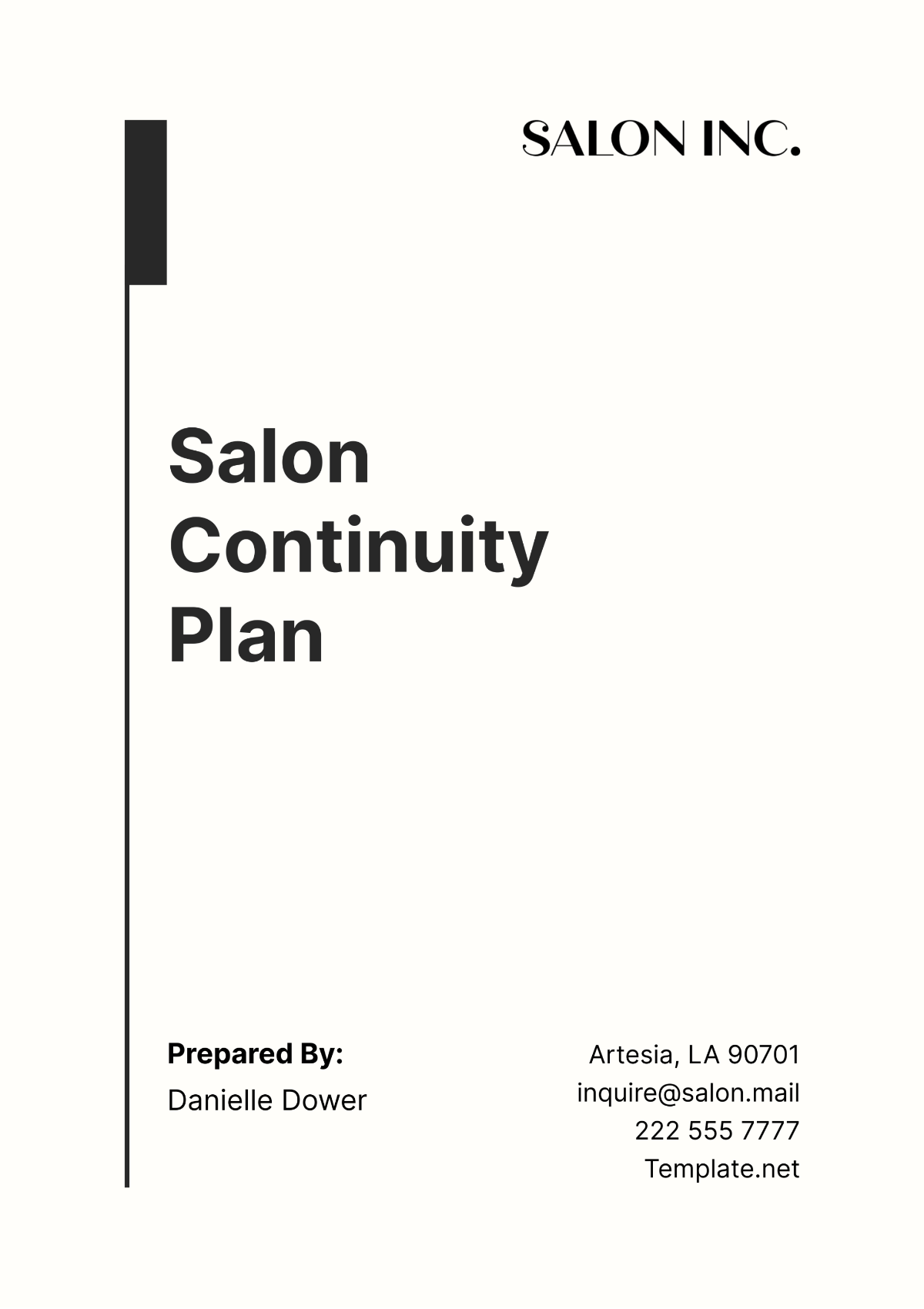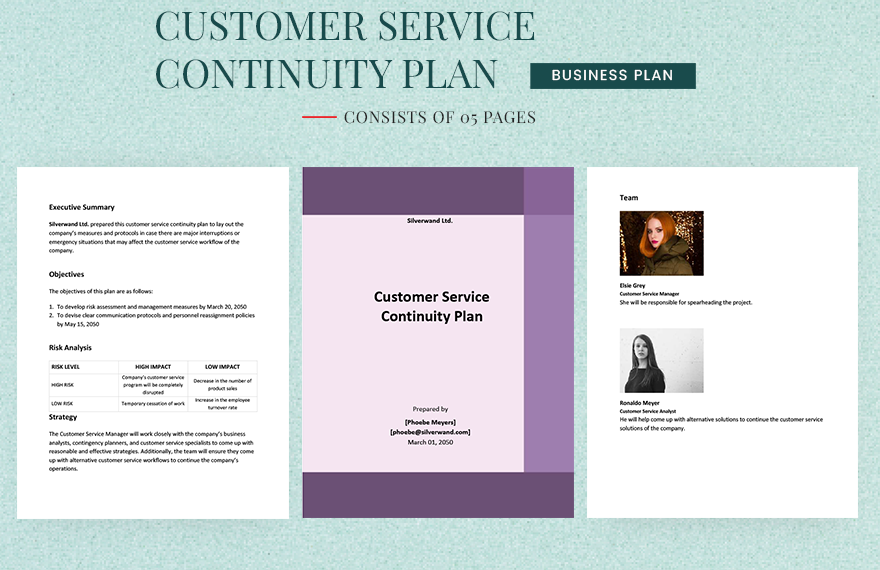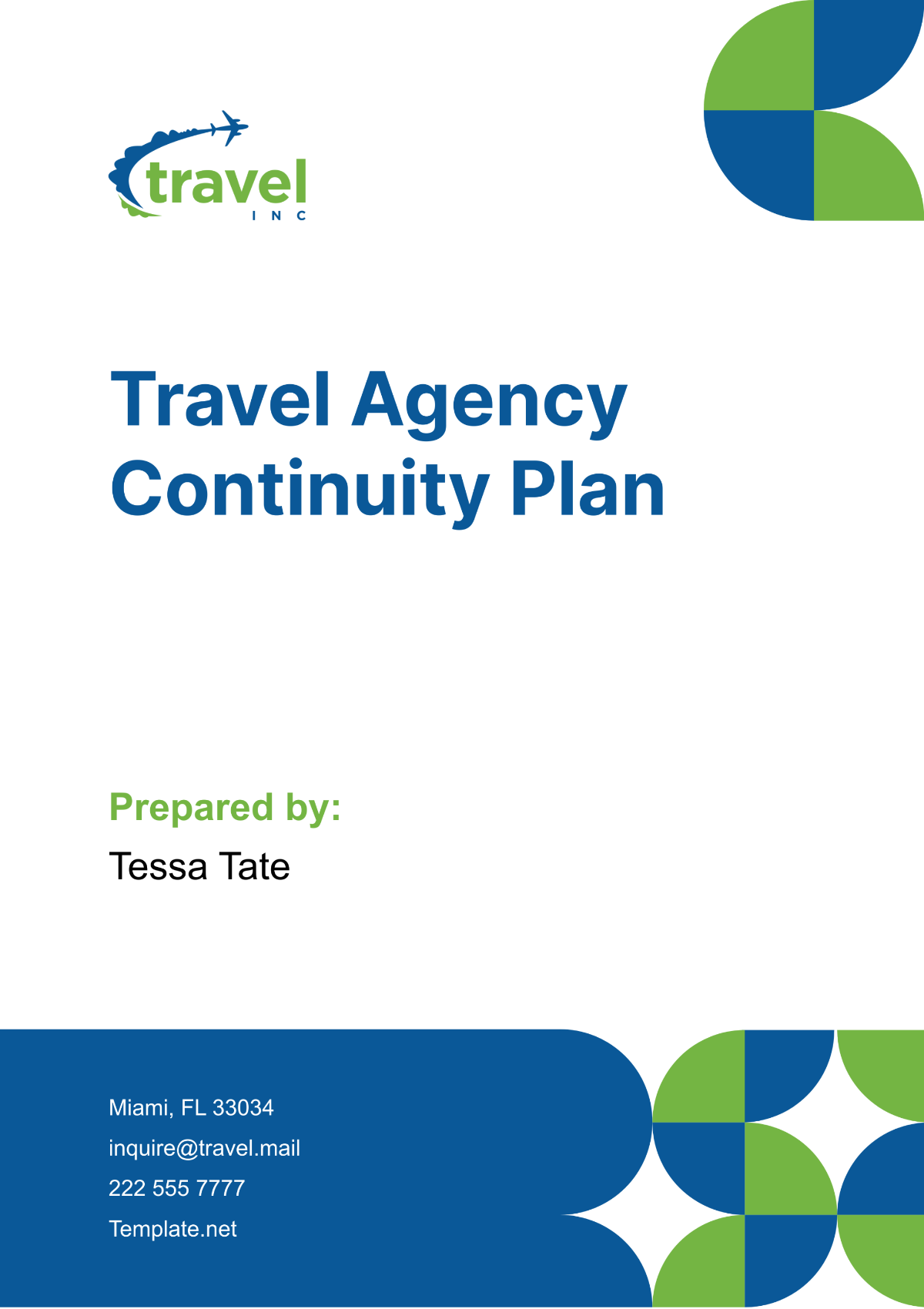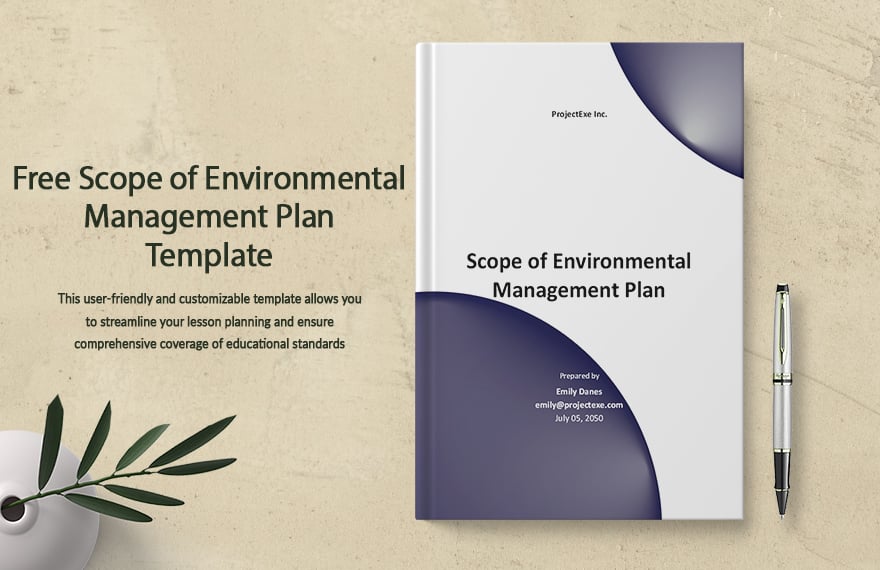The preparation of a continuity sample plan is something that needs to be done far in advance before any recognizable threats are even on the horizon. With that said, those who are unaware of how to create one may consider taking a look at the following step-by-step instructions written below. They are provided with the hopes of making the creation process much easier and faster for anyone involved, so with that said, let us turn our attention to the first step:
1. Be Sure to Properly Identify Your Plan’s Scope
To start things off, you need to first identify just how much work is going to be done in order to conclude the creation of your continuity plans. This will involve identifying all of the necessary activities, the resources needed for each, any deadlines schedules involved, and so much more.
2. Be Sure to Properly Identify The Key Business Areas
Preparedness meets opportunity, so the next step is going to involve learning all that you can about your business’ key areas. In doing so, you acquire the right knowledge about where potential disasters are going to hit, giving you the chance to adequately prepare ahead of time.
3. Be Sure to Properly Identify The Critical Functions
Be aware that it isn’t enough to be intimately familiar with the key areas, but also with the critical functions of each one. That way, you can prioritize the most vital of these and realize which ones you need to work on over the others.
4. Be Sure to Properly Identify Dependencies Between The Different Areas and Functions
Even more crucial would have to be the knowledge of just how dependent the different business areas and functions are. In learning this, you acquire an accurate idea of how you will be affected in the event disaster strikes, which will make your future plans all the more potent.
5. Create The Necessary Plans For The Maintenance of Operations
Last but not least comes the part where you take all of your acquired knowledge and use them to formulate the necessary plans. Write them all down along with the specific action plans to be taken, how long it will take for you to pull them off, and other relevant expectations.
